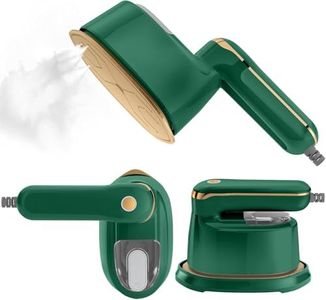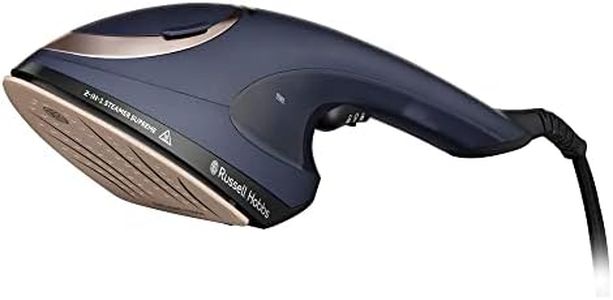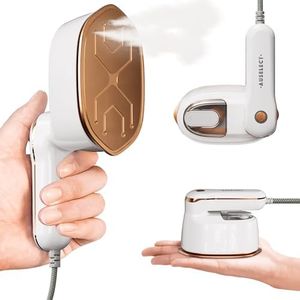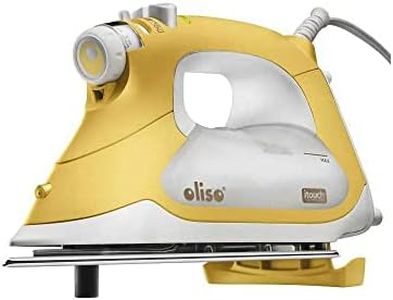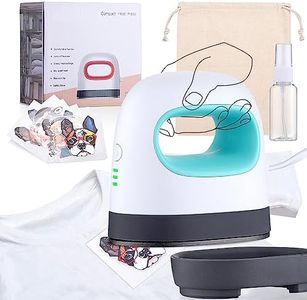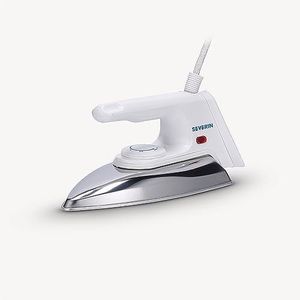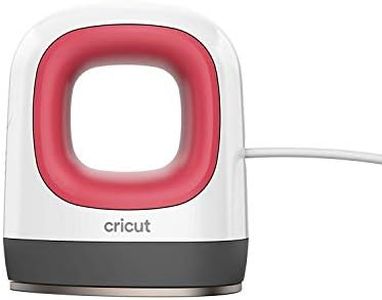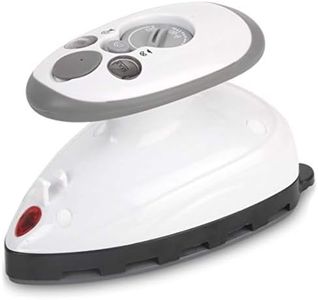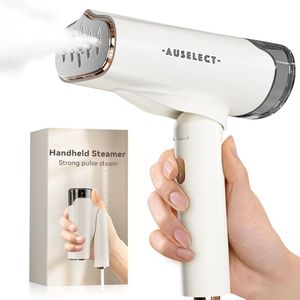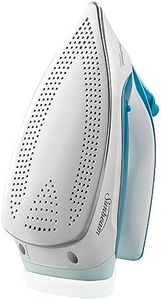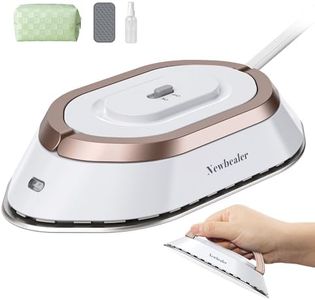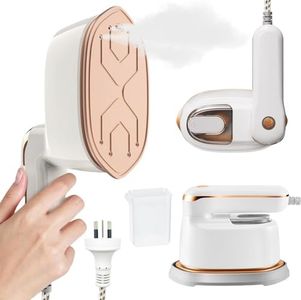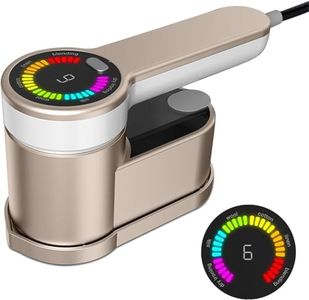We Use CookiesWe use cookies to enhance the security, performance,
functionality and for analytical and promotional activities. By continuing to browse this site you
are agreeing to our privacy policy
10 Best Mini Irons
From leading brands and best sellers available on the web.Buying Guide for the Best Mini Irons
Choosing a mini-iron is all about balancing portability, efficiency, and the kind of tasks you need it for. Mini-irons are especially popular with travelers, crafters, quilters, and those who want a quick solution for touching up clothes or working in small spaces. As you compare options, think about where and how you plan to use your mini-iron, and which features will make that easiest or most effective for your needs.Size and WeightSize and weight refer to how compact and light the mini-iron is, which matters a lot if you’re traveling, have little storage space, or need to operate it one-handed. Ultra-light models (often under half a pound) are super portable but may be too small for tackling larger items, while slightly heavier ones (around one pound) might offer a better grip and more even performance. Consider what’s more important for you: ultimate smallness for travel or a bit more heft for steady control and more varied use.
Temperature SettingsThis spec relates to whether the mini-iron lets you adjust how hot it gets. Simple models may offer just one preset temperature, which simplifies use but can limit what materials you can safely iron. Others provide multiple settings or a variable temperature dial, which is crucial if you iron different fabrics—from delicate silk to sturdy denim. Think about the fabrics you most often work with, and whether you want the flexibility to handle a wider range.
Soleplate MaterialThe soleplate is the flat part that touches your fabric, and its material affects how smoothly the mini-iron glides, how evenly it heats, and how easy it is to clean. Common options are non-stick coatings, stainless steel, and ceramic. Non-stick soleplates are best if you want to avoid fabric sticking or residue, while stainless steel is durable and typically heats evenly. Ceramic offers a balance between smoothness and heat distribution. If you’re using the iron for tricky projects or synthetic materials, a non-stick surface may be most forgiving.
Power and Heating TimeMeasured in watts, power determines how quickly and efficiently the mini-iron heats up. Lower wattages (around 15-25 watts) are typical for the smallest irons, meaning a slower heat-up but greater energy efficiency; higher wattages (closer to 100 watts) give you faster readiness and better overall heat, but might need more caution with sensitive fabrics. Think about whether you value a quick heat-up for fast fixes or if you’re fine waiting a bit for a gentler approach.
Corded vs. CordlessSome mini-irons have power cords and others are cordless, sometimes running on batteries. Corded models tend to provide more consistent heat and don’t need recharging, but can be harder to maneuver in tight spots. Cordless models offer more freedom of movement, great for craft or travel, but may run out of power on big jobs. Choose the style that matches where you want to use your iron most—tethered to an outlet at home or untethered on the go.
Water Reservoir and Steam FunctionNot all mini-irons offer steam, but it can help remove stubborn wrinkles and work better on tough fabrics. Models with a water reservoir let you add water for a burst of steam, while non-steam irons stay simple and much lighter. If you often iron items where steam makes a difference (like dress shirts or thicker fabrics), pick a mini-iron with this feature; if you just want a basic touch-up tool for light fabrics or crafts, you may skip it.
